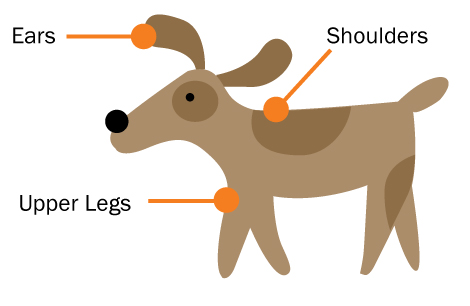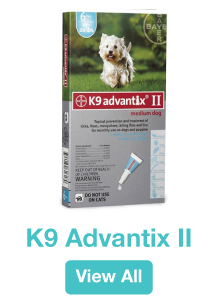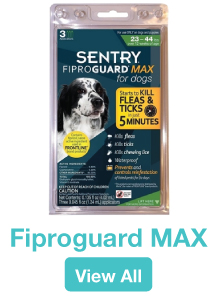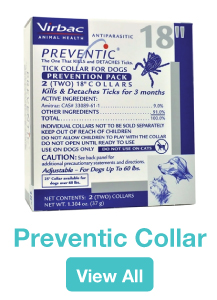
Lyme Disease in Dogs: What is It and What You Can Do
Spring is finally here! The weather is warmer and the flowers are blooming. But, this can only mean one thing as a dog owner. Ticks are coming out! Yikes! That is why April is designated as “Prevent Lyme Disease in Dogs” month. It is to bring awareness to dog owners that ticks can be a major threat to your pet dog around spring season. Ticks spread nasty things like Lyme disease. However, responsible dog owners can prevent ticks from giving dogs Lyme disease with proper preparation. So, this April let’s fight the battle together to prevent Lyme disease in dogs with our helpful guide below.
What is Lyme Disease in Dogs?
Lyme disease is transmitted from a tick bite into a dog or human. It is one of the most common tick-transmitted diseases in the Northern Hemisphere. In 1975, there were a huge amount of human cases originating from Lyme and Old Lyme, Connecticut. Hence, where the name Lyme disease originated from. Then in 1984, it was later to be discovered in dogs.

How is Lyme Disease Transmitted into Dogs?
An infected tick will bite a dog and transfer bacteria into their blood. It will then become firmly attached to a dog's skin within 5 to 6 days. Roughly up to 10 days the tick will grow bigger filled with its hosts' blood. The infected tick must be latched onto a dog for more than 24 hours to spread Lyme disease.
Common Areas where Ticks Bite

An infected tick will bite a dog and transfer bacteria into their blood. It will then become firmly attached to a dog's skin within 5 to 6 days. Roughly up to 10 days the tick will grow bigger filled with its hosts' blood. The infected tick must be latched onto a dog for more than 24 hours to spread Lyme disease.
Symptoms of Lyme Disease
External symptoms of lyme disease include:
- Red Skin Rash
- Fever
- Loss of Appetite
- Stiff and painful movement in joints
- Sensitive to touch, will not move
How to Prevent Lyme Disease in Dogs
To prevent Lyme disease in your dog, the main important key is to prevent ticks on your dog. Implement a daily routine inspection to check your dog for ticks. Buy tick preventive products that help keep ticks off your dog. Talk with your veterinarian about tick-borne diseases in your area and have them conduct a tick check.
Create a tick free yard
- Remove and clear leaves, tall grasses and brush
- Create a 3 foot wide barrier of wood chips or gravel between lawns and wooded area.
- Mow your lawn often.
- Keep a dry area for stacking wood neatly.
- Keep playground items, decks and patios away from yard edges and trees.
- Construct a fence or barrier to keep out wild animals.
- Remove trash or unwanted items from your yard.
If I Find a Tick on My Dog What Should I Do?
If you find a tick on your dog, you can remove it yourself by following the video below. If you’re uncomfortable with that, then consult your veterinarian.






